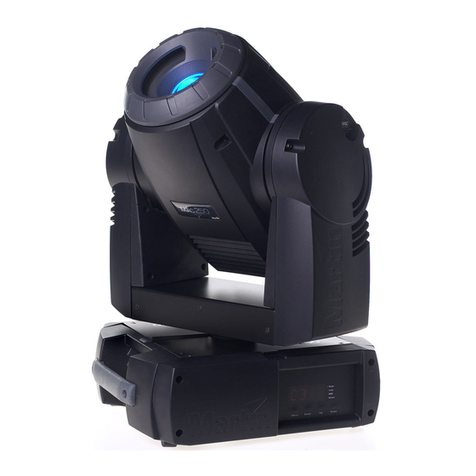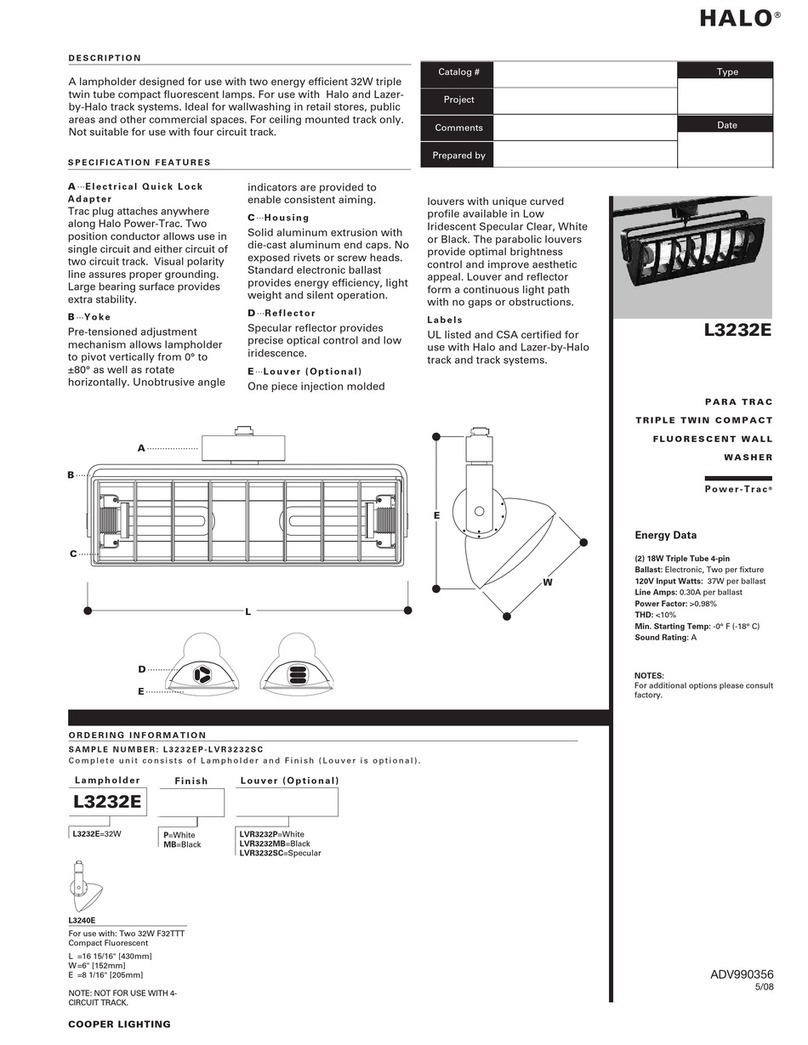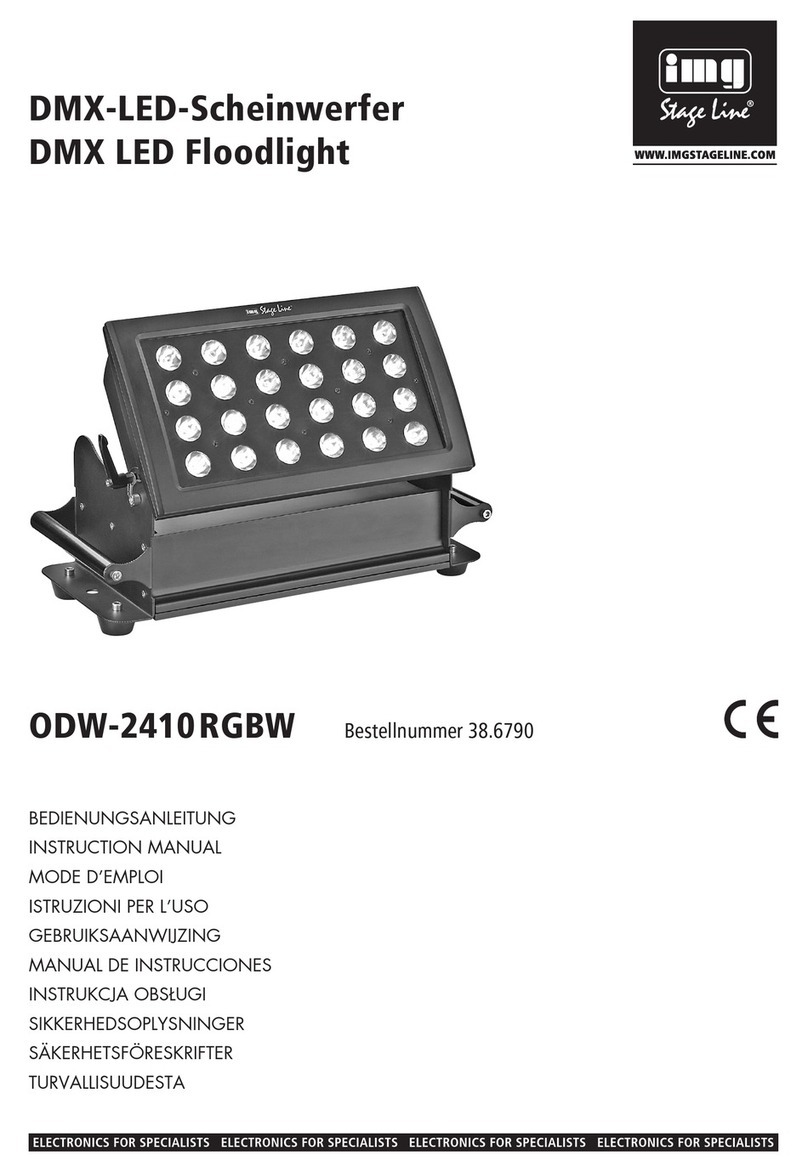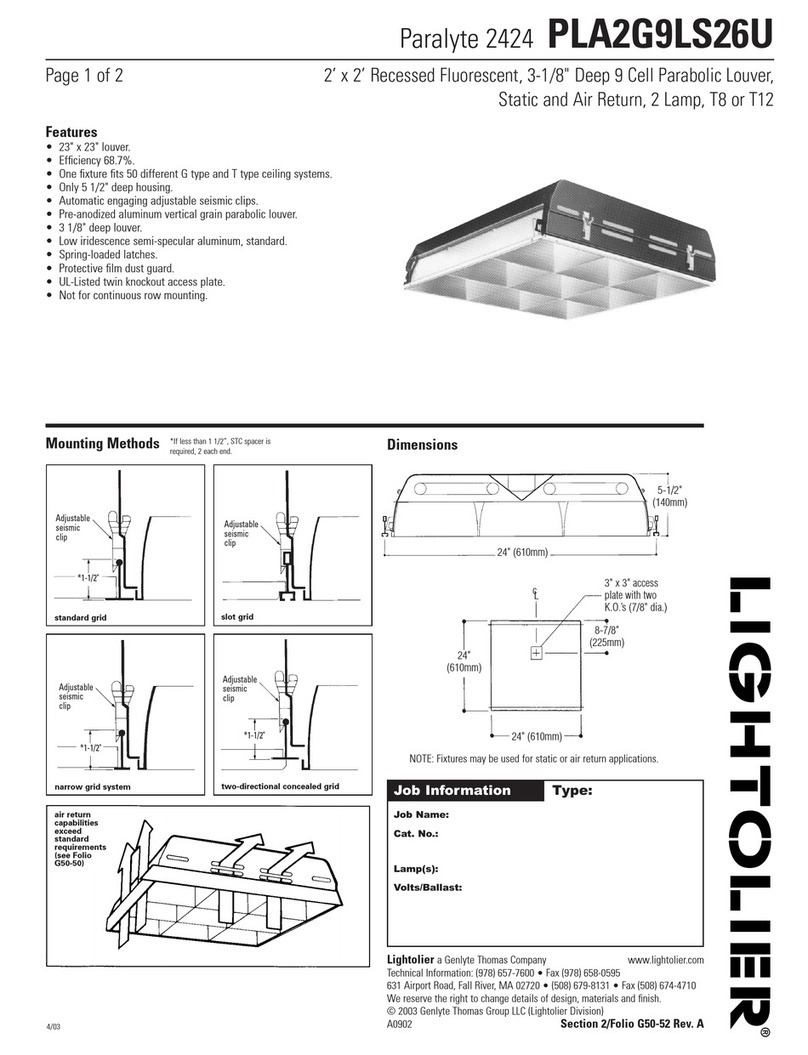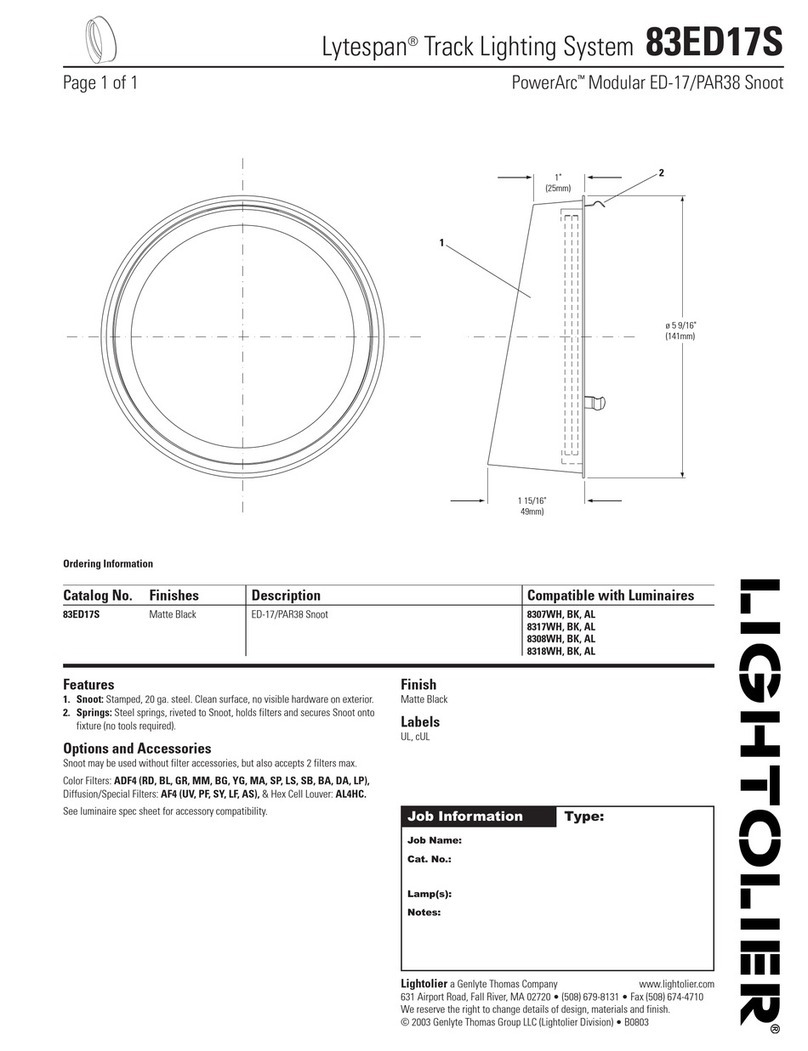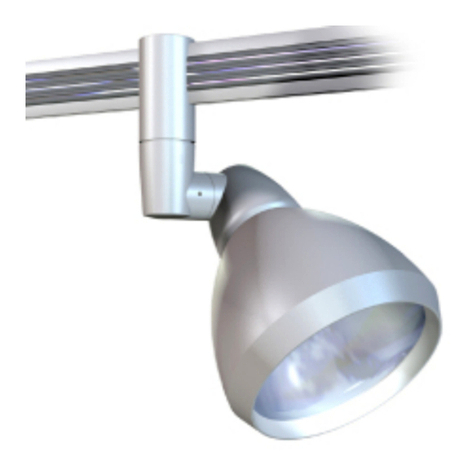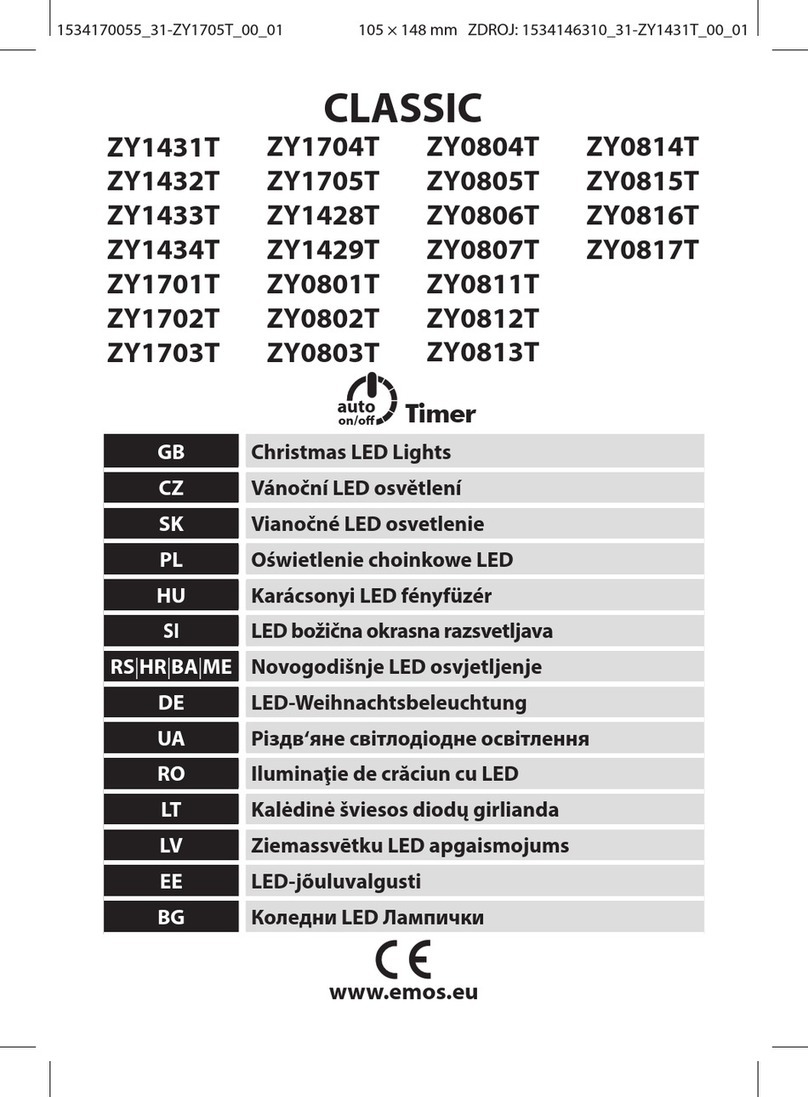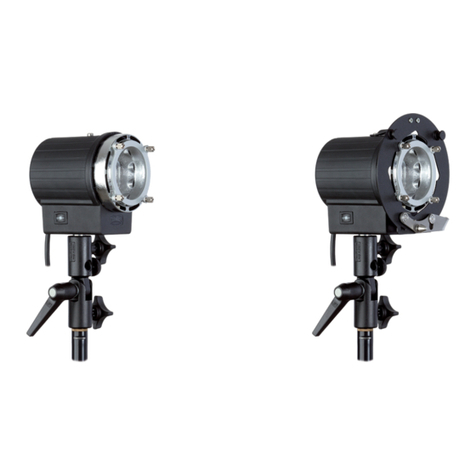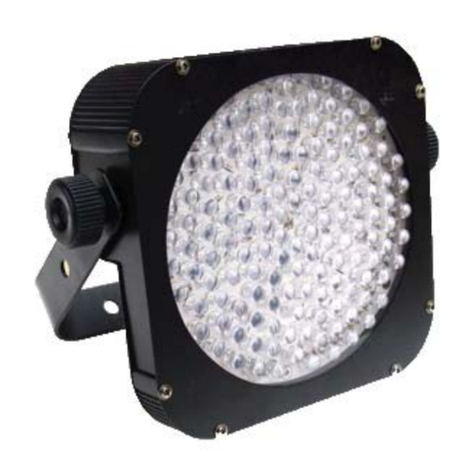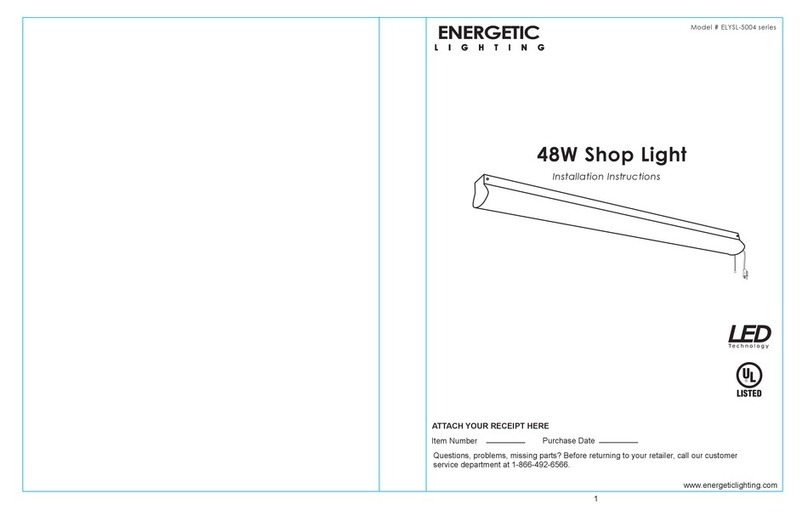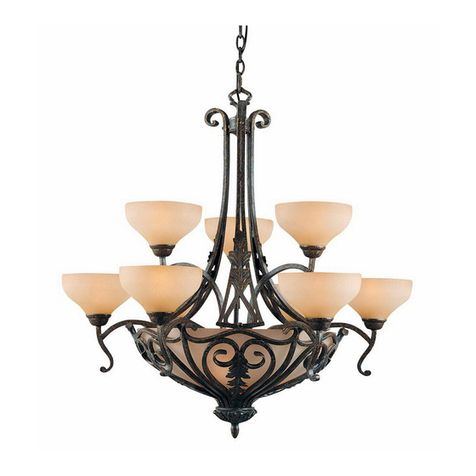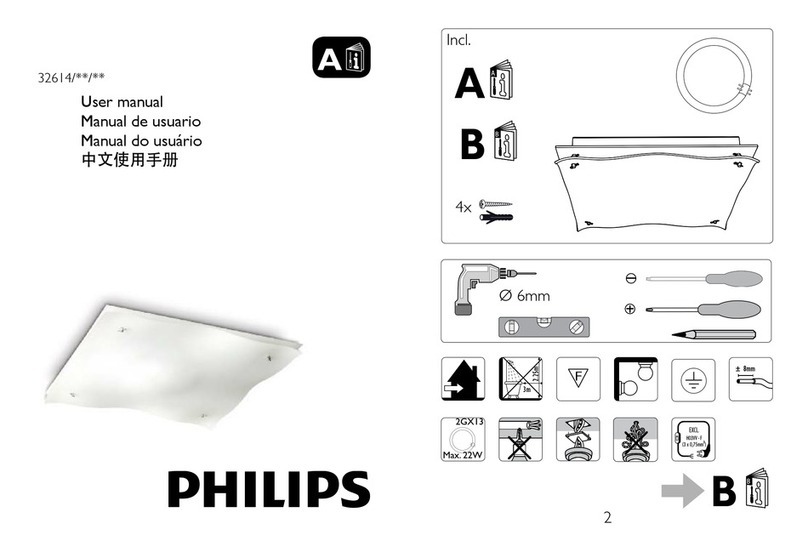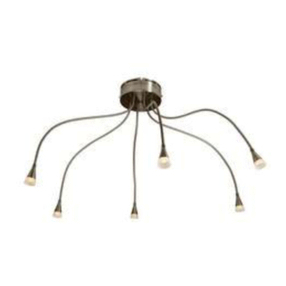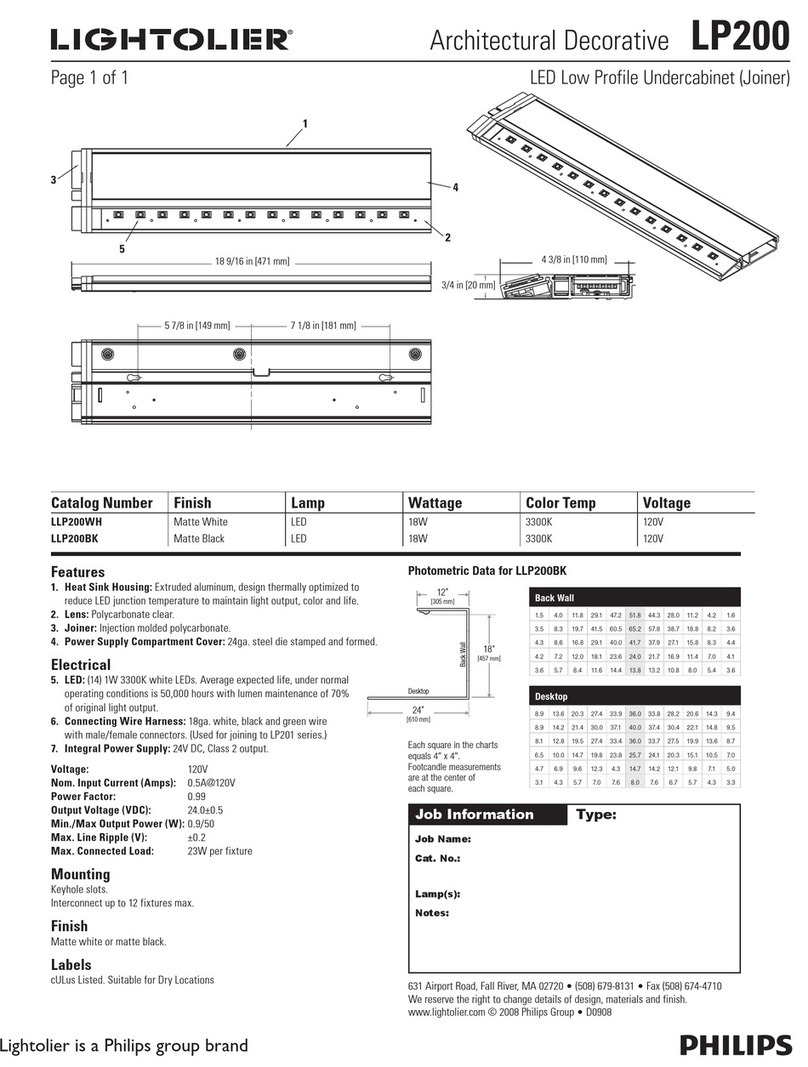English LC modules
4. Operation overview
The Light Computer is controlled b a micro controller. The program
stored in the micro controller controls the five outputs of the module.
Sequence and timing are different with the various versions. It is
possible to connect lamps, LEDs or other circuits (if neccesar via
relais) to the outputs.
The LC module has a switching input (JP2) which has effects on the
program sequence with some versions. Depending on the version and
the input connected to earth or not
the program finishes after one c cle or is repeated endlessl ;
the program starts or ends;
the one or the other version of the program will be displa ed.
LC-1 "Advertising light 1": The five outputs are switched on one
after the other, blink together three times and are switched off
afterwards. If the input JP2 is switched to earth, the light sequence
switches off after the completion of the program. If the input remains
open, the program repeats continuousl .
LC-2 "Advertising light 2": The five outputs are switched on and off
one after the other (running light sequences) and afterwards are
switched on commonl for approx. 3 seconds. If the input JP2 is switched
to earth, the light sequence switches off after the completion of the
program. If the input remains open, the program repeats continuousl .
LC-3 "Advertising light 3": At the start the five outputs are briefl
switched on and off apparentl without an s stem and afterwards are
switched on commonl for approx. 3 seconds. If the input JP2 is
switched to earth, the light sequence switches off after the completion of
the program. If the input remains open, the program repeats
continuousl .
Page 10

